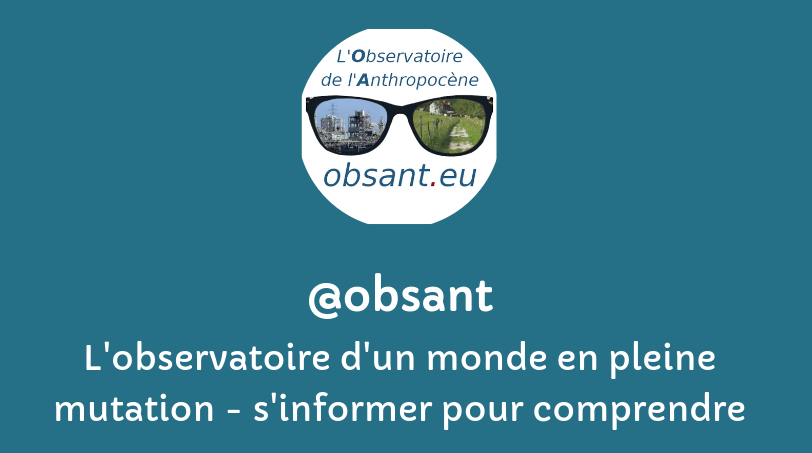Les champs auteur(e)s & mots-clés sont cliquables. Pour revenir à la page, utilisez le bouton refresh ci-dessous.
filtre:
influence
An international group of researchers has produced a third update to key indicators of the state of the climate system set out in the IPCC AR6 assessment, building on previous editions in 2023 and 2024. Forster et al. (2025) assess emissions, concentrations, temperatures, energy transfers, radiation balances, and the role of human activity and conclude that, while natural climate variability also played a role, the record observed temperatures in 2024 were dominated by human activity and the remaining carbon budget for 1.5° C is smaller than ever.
In a rapidly changing climate, evidence-based decision-making benefits from up-to-date and timely information. Here we compile monitoring datasets (published at https://doi.org/10.5281/zenodo.15639576; Smith et al., 2025a) to produce updated estimates for key indicators of the state of the climate system: net emissions of greenhouse gases and short-lived climate forcers, greenhouse gas concentrations, radiative forcing, the Earth's energy imbalance, surface temperature changes, warming attributed to human activities, the remaining carbon budget, and estimates of global temperature extremes. This year, we additionally include indicators for sea-level rise and land precipitation change. We follow methods as closely as possible to those used in the IPCC Sixth Assessment Report (AR6) Working Group One report.
Antarctica's remote and mysterious current has a profound influence on the climate, food systems and Antarctic ecosystems. Can we stop it weakening by 2050?
Abstract. Intergovernmental Panel on Climate Change (IPCC) assessments are the trusted source of scientific evidence for climate negotiations taking place under the United Nations Framework Convention on Climate Change (UNFCCC). Evidence-based decision-making needs to be informed by up-to-date and timely information on key indicators of the state of the climate system and of the human influence on the global climate system. However, successive IPCC reports are published at intervals of 5–10 years, creating potential for an information gap between report cycles. We follow methods as close as possible to those used in the IPCC Sixth Assessment Report (AR6) Working Group One (WGI) report. We compile monitoring datasets to produce estimates for key climate indicators related to forcing of the climate system: emissions of greenhouse gases and short-lived climate forcers, greenhouse gas concentrations, radiative forcing, the Earth's energy imbalance, surface temperature changes, warming attributed to human activit
BP, Shell, and TotalEnergies found to be leading a multi-pronged influencing campaign that could lock in fossil gas across both continents, with push back coming from more renewables-focused European energy players.
An independent think tank producing data-driven analysis on how business and finance are impacting the climate crisis
Abstract. Intergovernmental Panel on Climate Change (IPCC) assessments are the trusted source of scientific evidence for climate negotiations taking place under the United Nations Framework Convention on Climate Change (UNFCCC), including the first global stocktake under the Paris Agreement that will conclude at COP28 in December 2023. Evidence-based decision-making needs to be informed by up-to-date and timely information on key indicators of the state of the climate system and of the human influence on the global climate system. However, successive IPCC reports are published at intervals of 5–10 years, creating potential for an information gap between report cycles. We follow methods as close as possible to those used in the IPCC Sixth Assessment Report (AR6) Working Group One (WGI) report. We compile monitoring datasets to produce estimates for key climate indicators related to forcing of the climate system: emissions of greenhouse gases and short-lived climate forcers, greenhouse gas concentrations, radia
abs_empty
July global temperature (+1.16°C relative to 1880-1920 mean) was within a hair (0.02°C) of being the warmest July in the era of instrumental measurements (Fig. 1, left). That’s remarkable because we are still under the influence of a fairly strong La Nina (Fig. 1, right). Global cooling associated with La Ninas peaks five months after the La Nina peak,[1] on average.
The world’s five largest publicly traded oil companies are increasing their investments in oil and gas, putting a combined $110 billion in new fossil-fuel production. Meanwhile, those firms are projected to spend just $3.6 billion on low-carbon investments, such as biofuels and renewables, according to a new analysis that Influence Map
![]()



